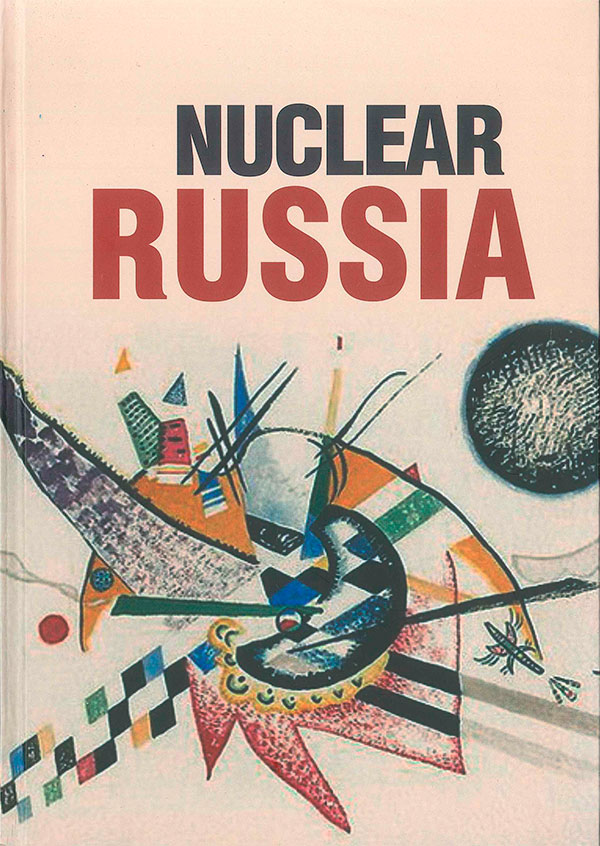The key event in a sanctions-filled May was the actions of the U.S. authorities against the Chinese company Huawei. On May 15, the United States Department of Commerce added Huawei to its “Entity List.” Now, U.S. companies are significantly limited in their export and import operations with Huawei. This is a serious blow to the Chinese telecommunications giant, as the company uses the US components, technologies and software. By May 20, the Department of Commerce had issued a Temporary General License granting certain exemptions to the new rules. The license safeguards U.S. businesses against a sudden collapse in existing trade relations
with the company. But this is of little consolation to Huawei. The license is subject to review every 90 days and can be revoked at any time. Huawei thus remains in a state of limbo, and its contract partners now have to prepare for the worst.
Interestingly, the key official reason for the restrictions imposed on Huawei is that the company deliberately violated the U.S. sanctions against Iran. That is, formally speaking, the United States has introduced secondary sanctions against Huawei. The United States Department of the Treasury is also investigating the company, and there is no doubt that the two regulatory bodies will end up levying huge fines on Huawei.
Tactically, China is losing. Huawei will suffer losses. However, the Chinese side is unlikely to enter into open conflict. Instead, it will regroup and stubbornly do everything to reduce its dependence on the United States. Huawei will probably try to resolve the issue with the U.S. authorities itself. The price will be very high, but, at the end of the day, Huawei is a business and not a state. The company is interested in things returning to normal as quickly as possible. Like many of the victims of secondary sanctions, it will likely bow to the demands of the Americans.
Strategically, U.S. business will lose out, as will the very model of globalization itself. The Chinese side will take stock of the situation and steer the inevitable and irreversible course towards technological independence — with all the consequences that will entail for the U.S. businesses on the Chinese market and in Chinese projects.
The key event in a sanctions-filled May was the actions of the U.S. authorities against the Chinese company Huawei. On May 15, the United States Department of Commerce added Huawei to its “Entity List.” Now, U.S. companies are significantly limited in their export and import operations with Huawei. This is a serious blow to the Chinese telecommunications giant, as the company uses the US components, technologies and software. By May 20, the Department of Commerce had issued a Temporary General License granting certain exemptions to the new rules. The license safeguards U.S. businesses against a sudden collapse in existing trade relations
with the company. But this is of little consolation to Huawei. The license is subject to review every 90 days and can be revoked at any time. Huawei thus remains in a state of limbo, and its contract partners now have to prepare for the worst.
The actions of the United States Department of Commerce are part of a bigger plan. The decision on Huawei came on the same day that Donald Trump signed the Executive Order on Securing the Information and Communications Technology and Services Supply Chain. The President of the United States declared a state of emergency in connection with the risk of the country’s enemies carrying out malicious cyber-enabled actions. While China was not explicitly mentioned in the Executive Order, it was clear that the law was directed against the country. This way, the Order can just as easily be used against Russia.
Interestingly, the key official reason for the restrictions imposed on Huawei is that the company deliberately violated the U.S. sanctions against Iran. That is, formally speaking, the United States has introduced secondary sanctions against Huawei. The United States Department of the Treasury is also investigating the company, and there is no doubt that the two regulatory bodies will end up levying huge fines on Huawei.
It should be noted here that Chinese companies have been carefully observing the U.S. sanctions for a long time now. According to the Russian International Affairs Council, the United States Department of the Treasury has carried out just four investigations in relation to Chinese companies over the past ten years, while EU companies have been the target of secondary sanctions more than 40 times during that same period. Chinese banks have never been hit. However, there have been problems with trade. The biggest case was completed in 2017 against the Chinese company ZTE, which is also a telecommunications giant that was targeted violating the sanctions against Iran. The company paid a fine of $892 million, with a further $1 billion being added in 2018 for breach of obligations.
The Huawei case has serious political repercussions. In China, the secondary sanctions are seen as an attempt to contain China’s technological development. The events of May will become a powerful motivating factor for China to step up the development of its own technological base. Without such a base, the global ambitions of giants such as Huawei will continue to be crippled by restriction after restriction. The problem is seriously politicized in the United States as well. Suspicions of all kinds of “intervention,” the trade war with China and the general tightening of the course create a fertile environment for harsh decisions.
Tactically, China is losing. Huawei will suffer losses. However, the Chinese side is unlikely to enter into open conflict. Instead, it will regroup and stubbornly do everything to reduce its dependence on the United States. Huawei will probably try to resolve the issue with the U.S. authorities itself. The price will be very high, but, at the end of the day, Huawei is a business and not a state. The company is interested in things returning to normal as quickly as possible. Like many of the victims of secondary sanctions, it will likely bow to the demands of the Americans.
Strategically, U.S. business will lose out, as will the very model of globalization itself. The Chinese side will take stock of the situation and steer the inevitable and irreversible course towards technological independence — with all the consequences that will entail for the U.S. businesses on the Chinese market and in Chinese projects.





